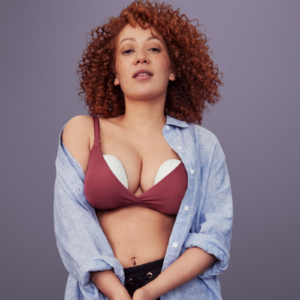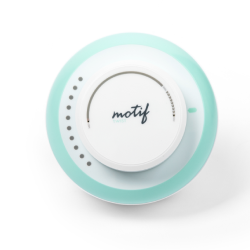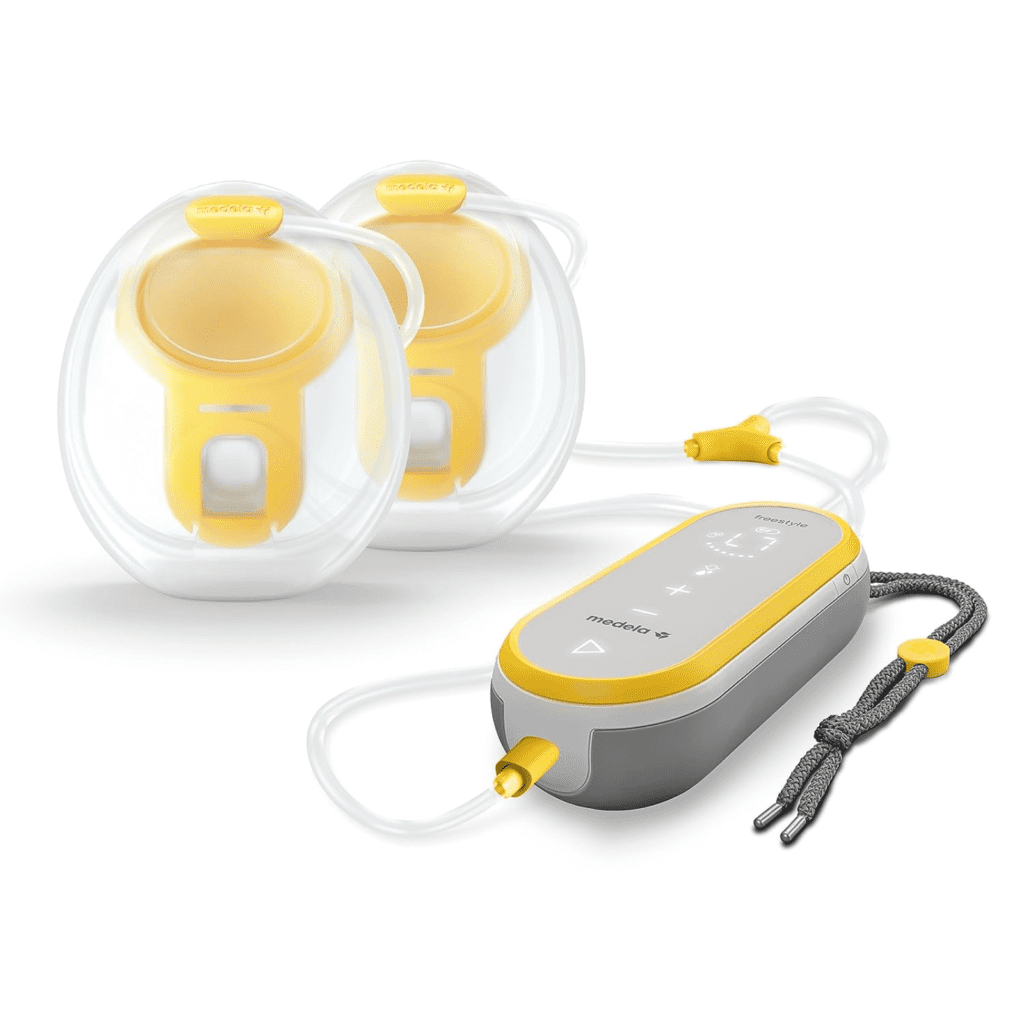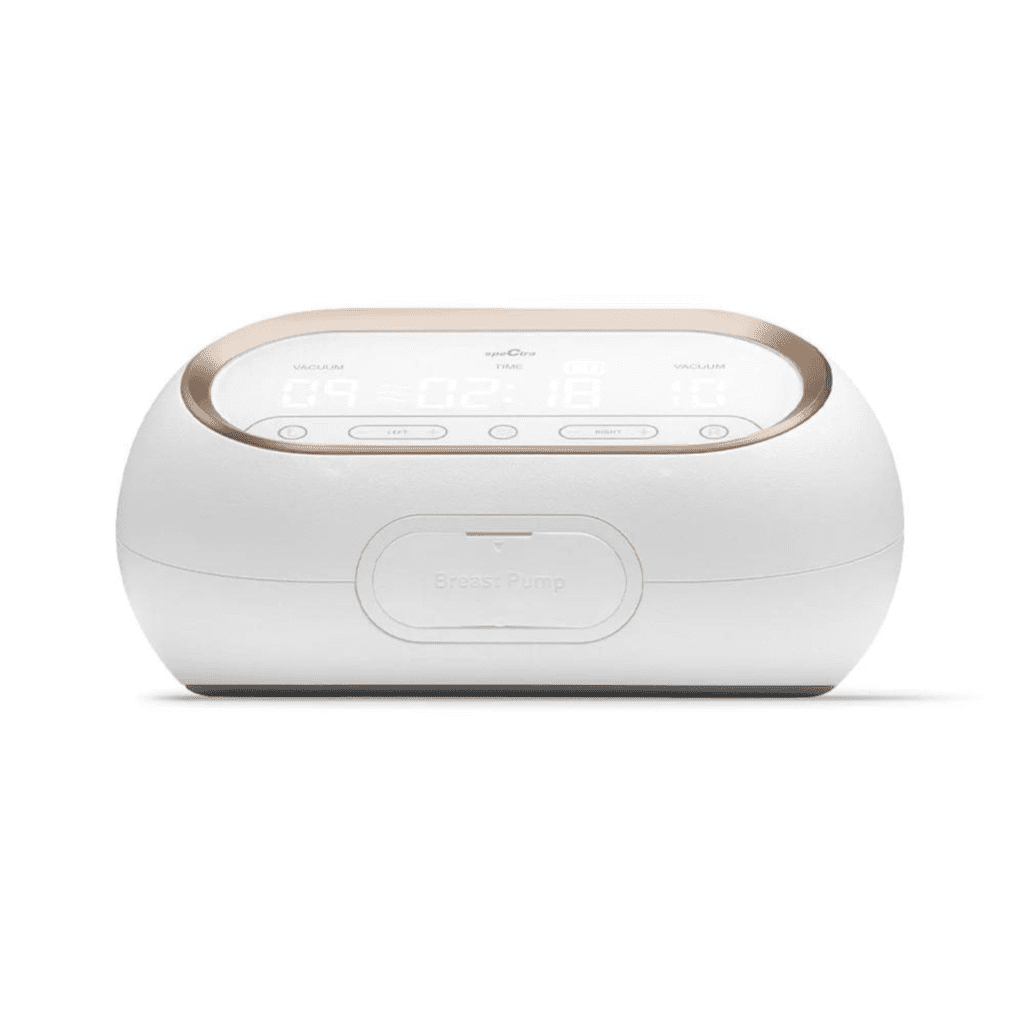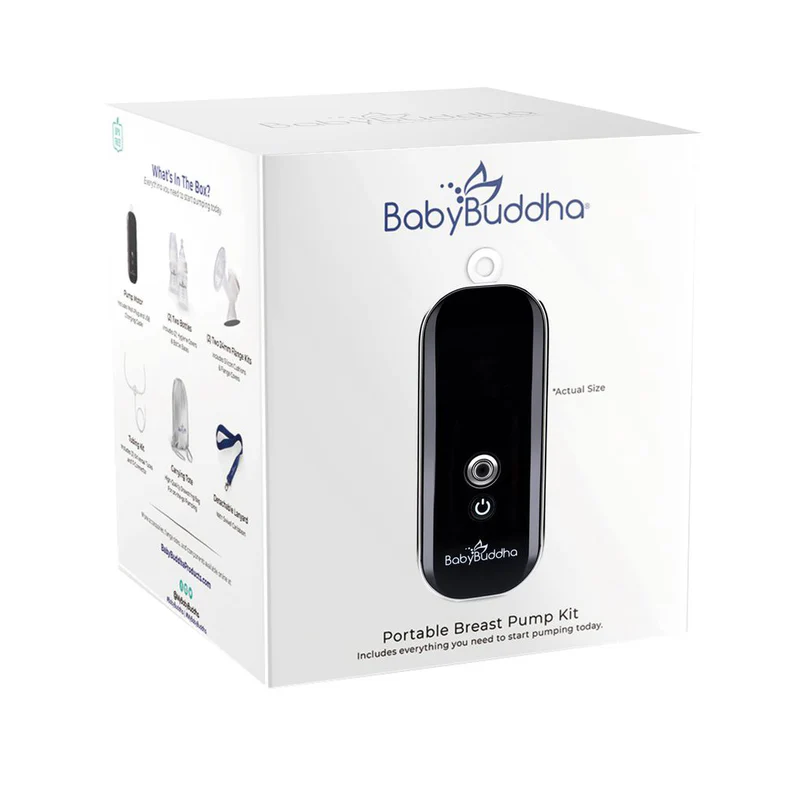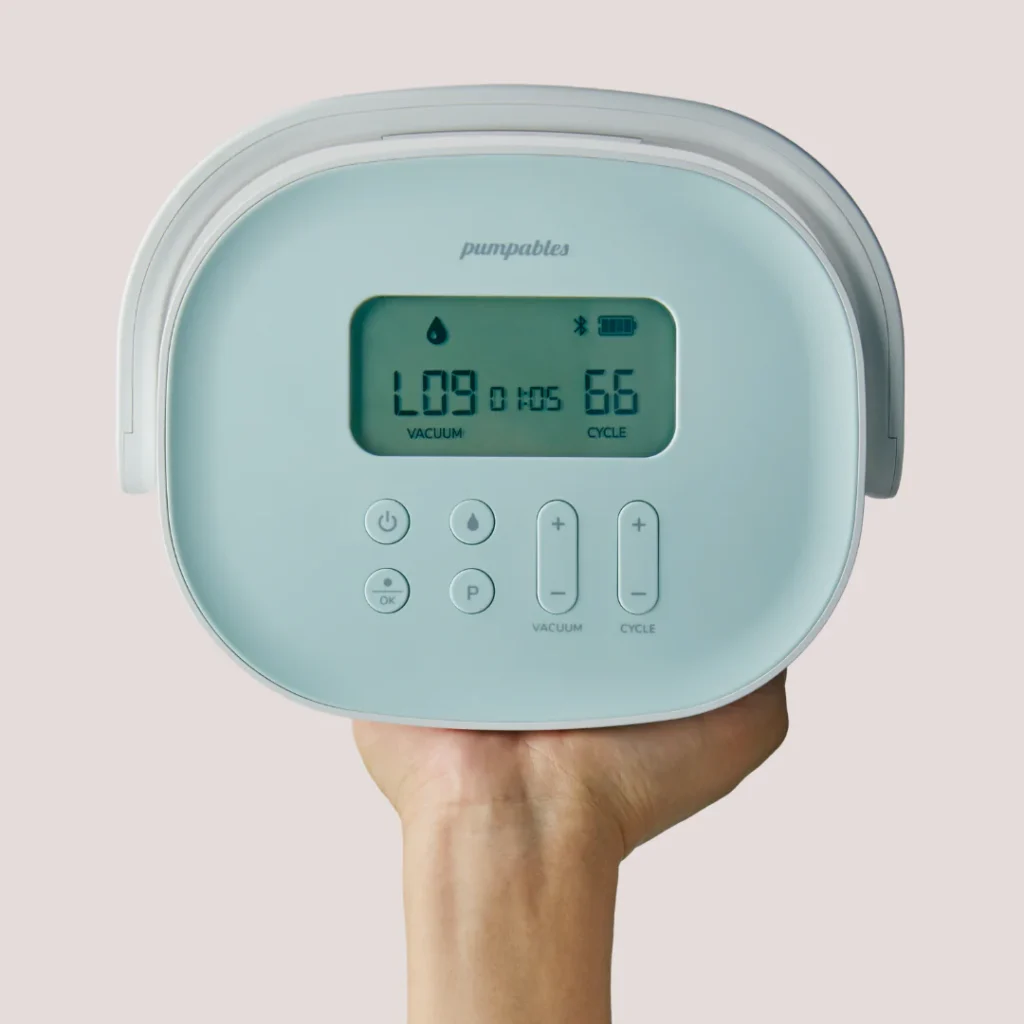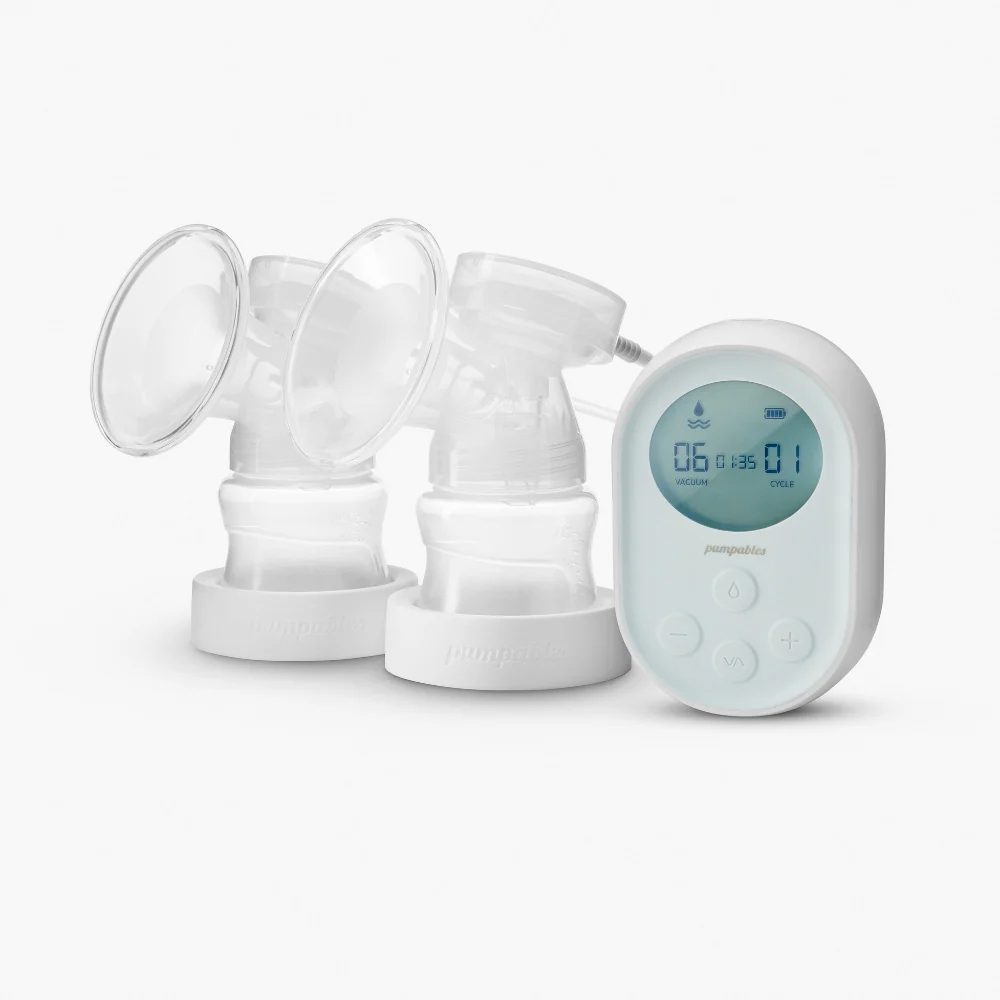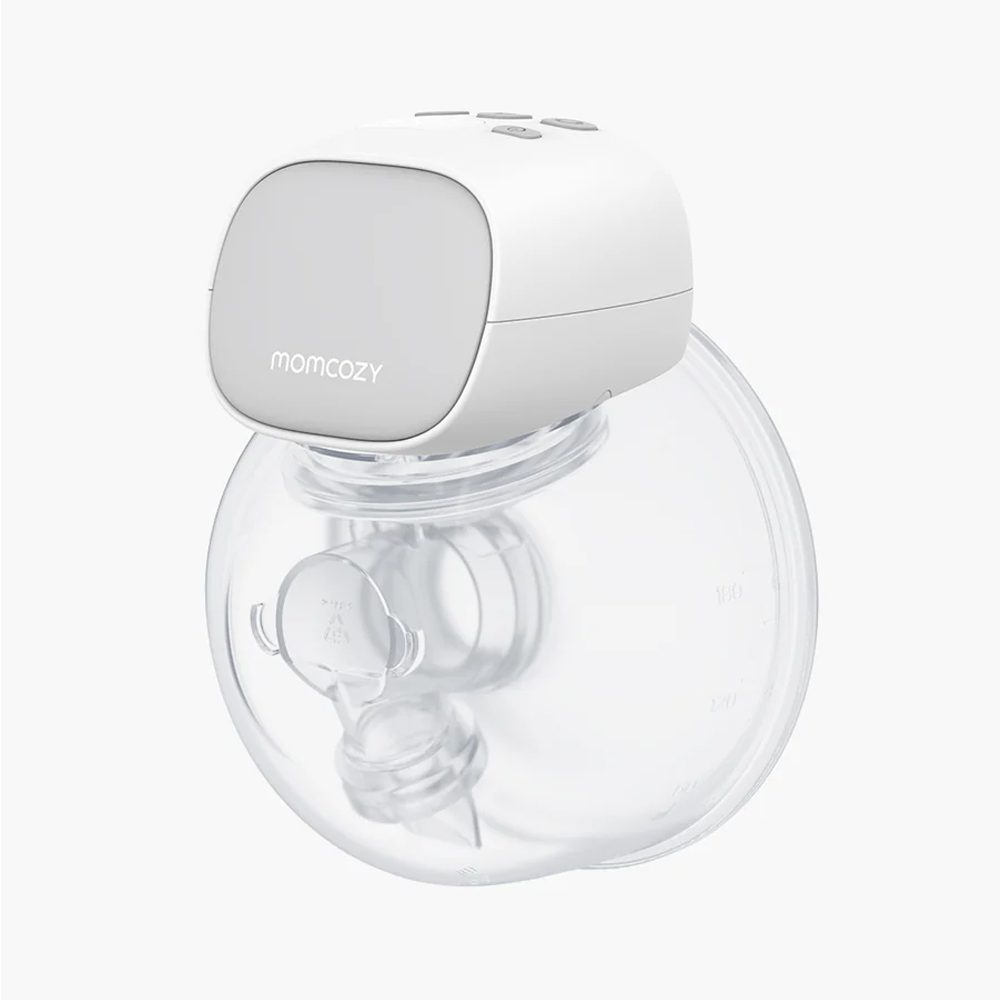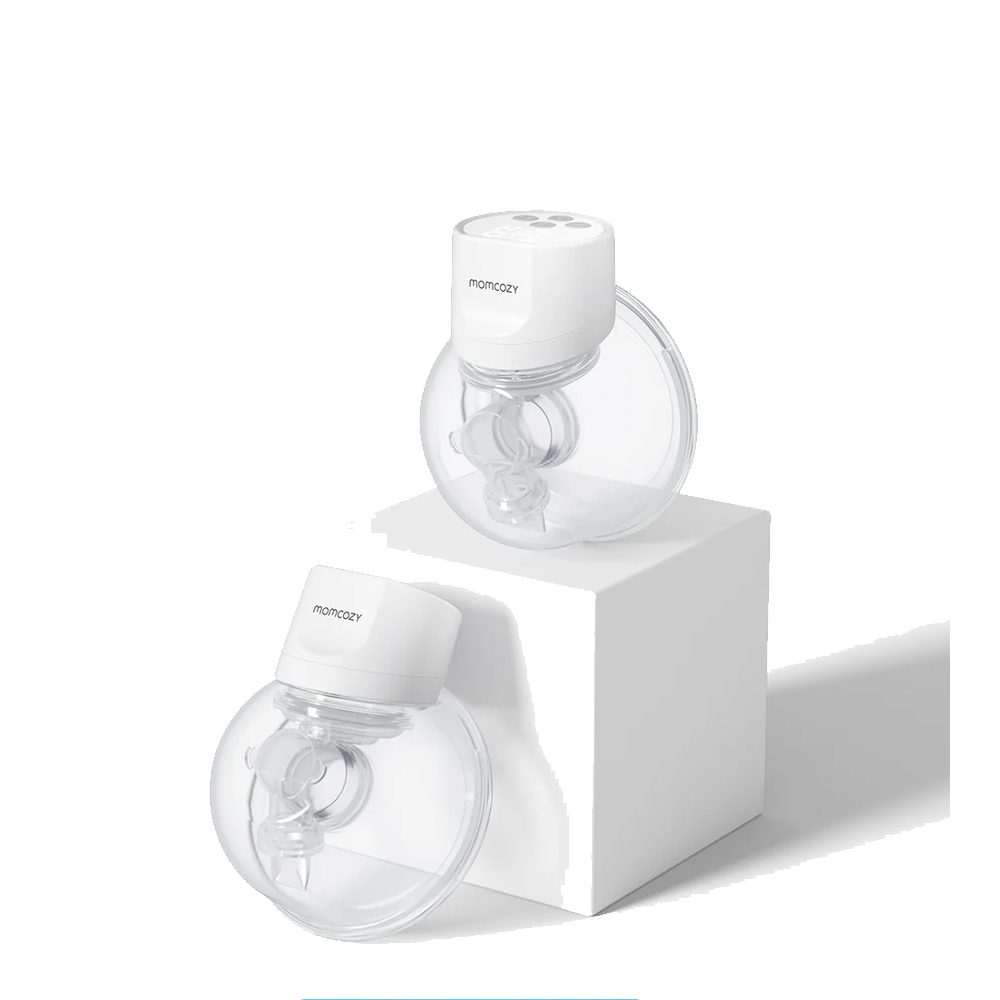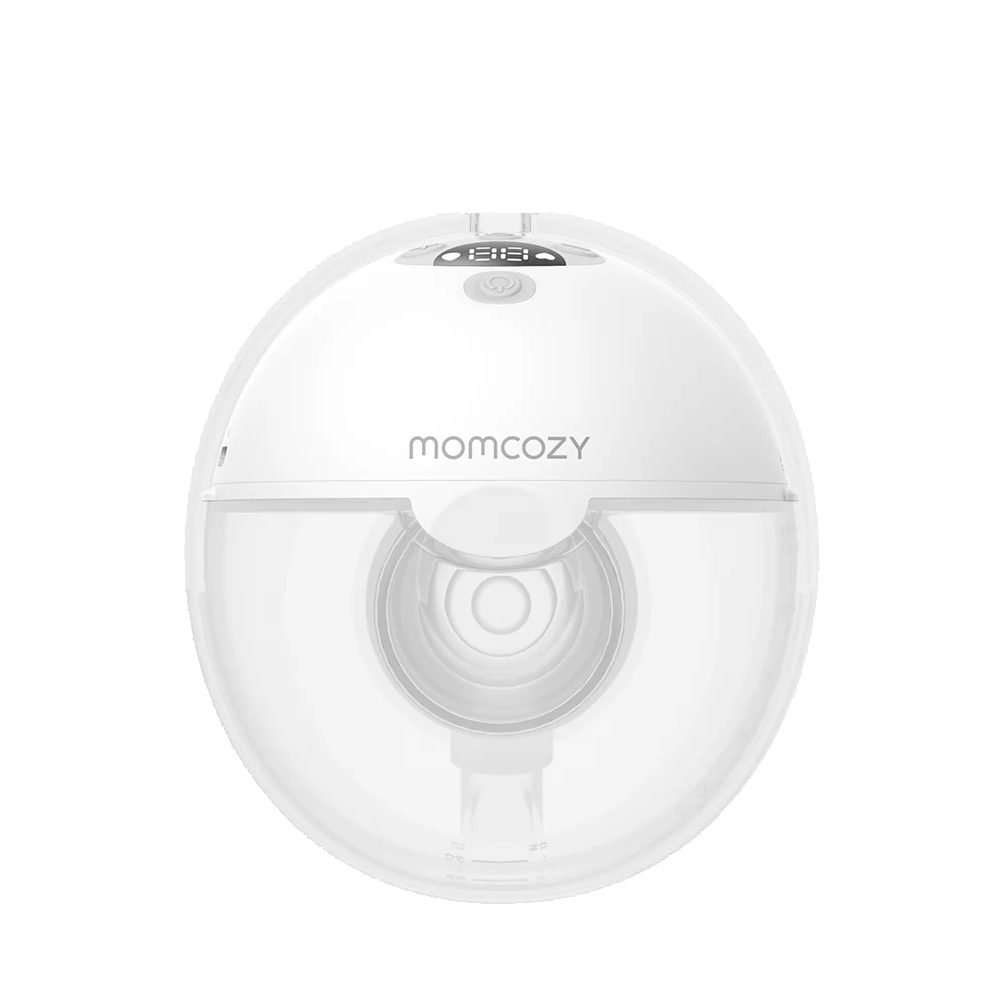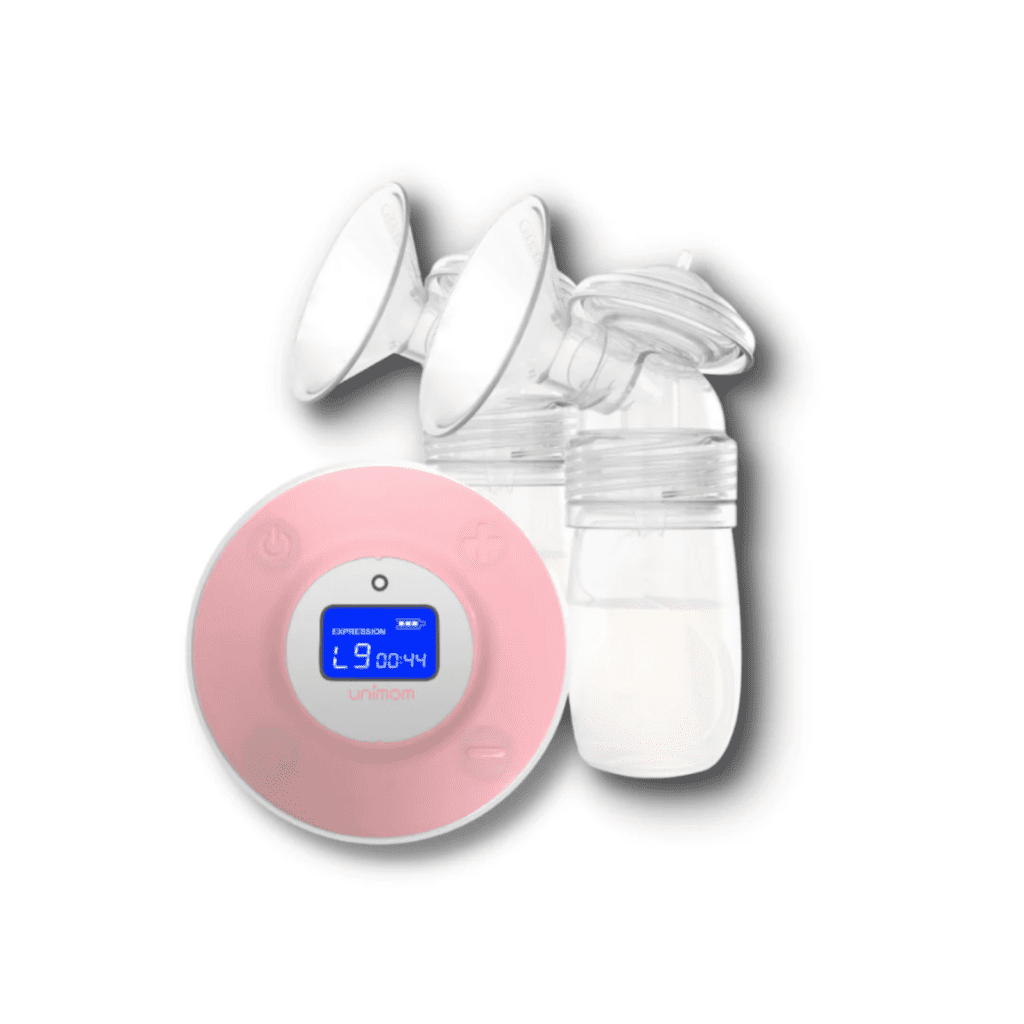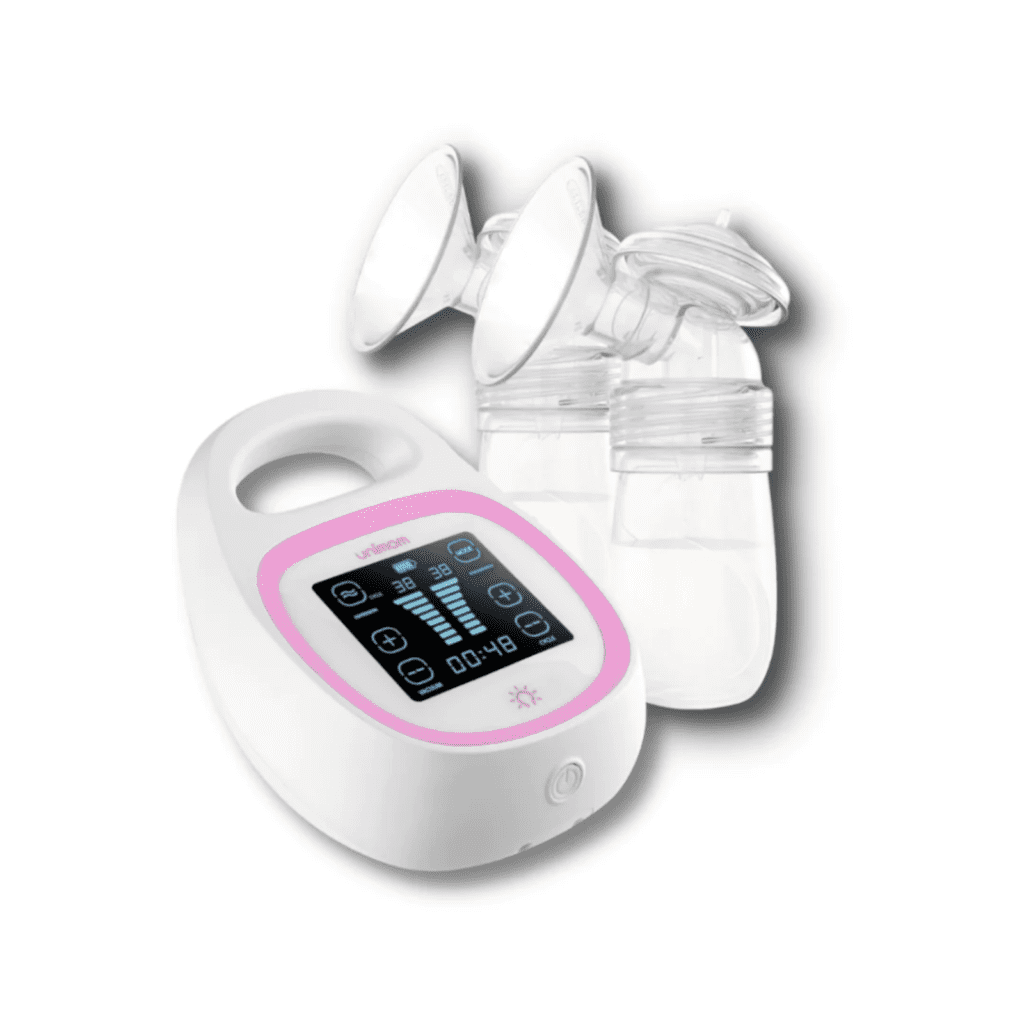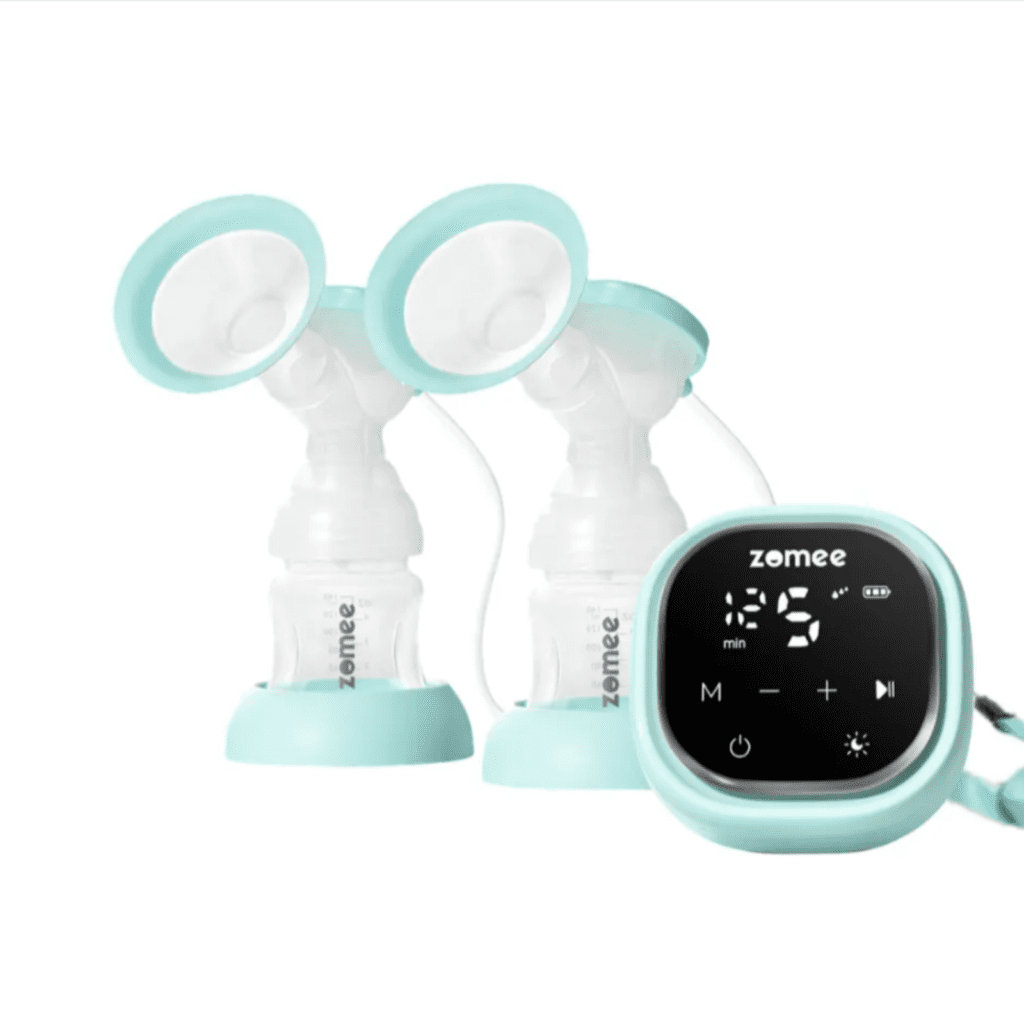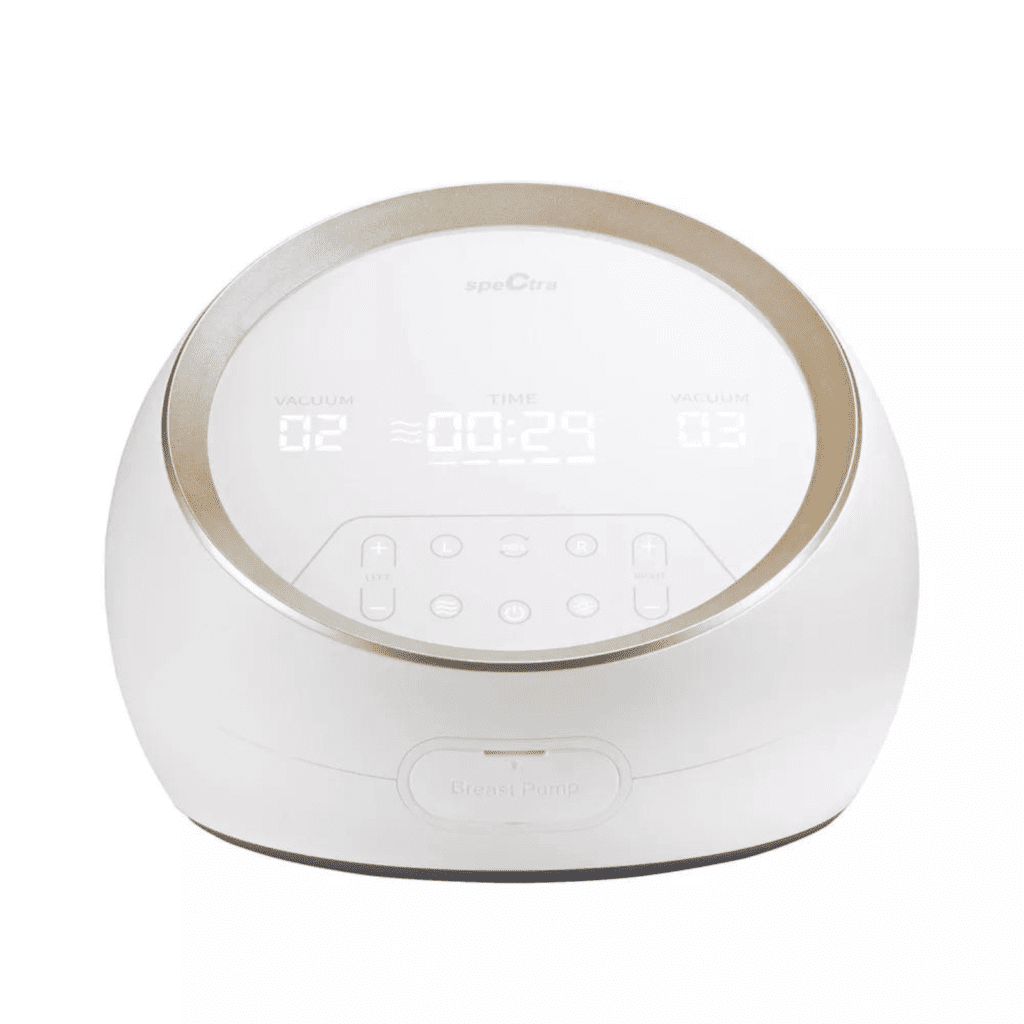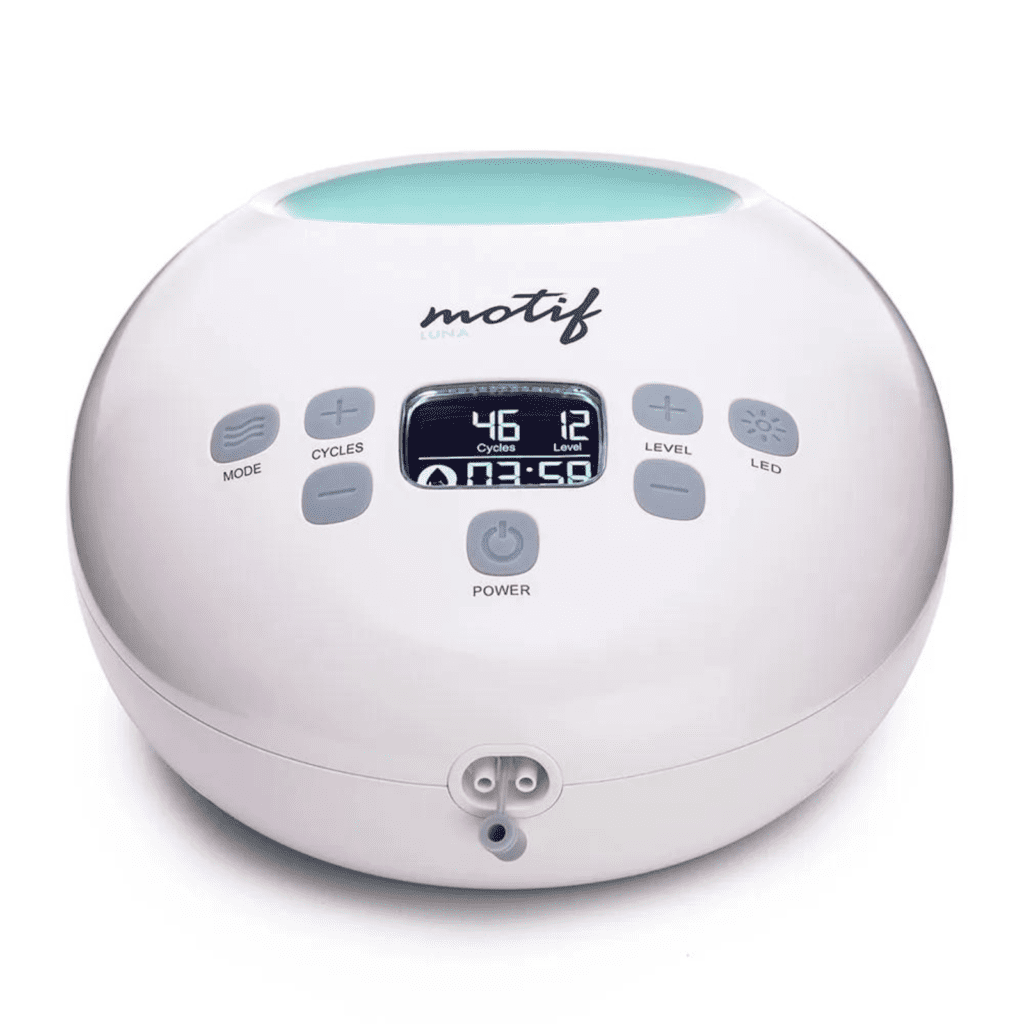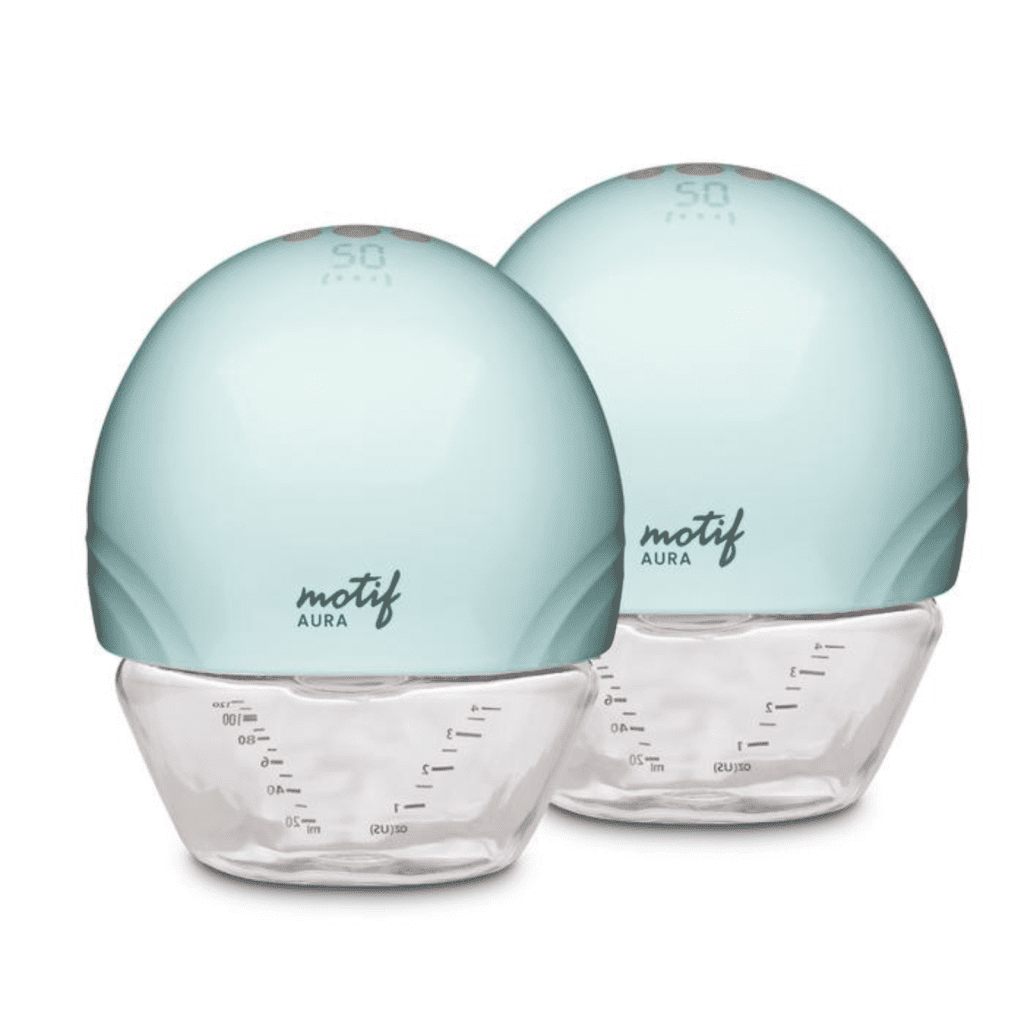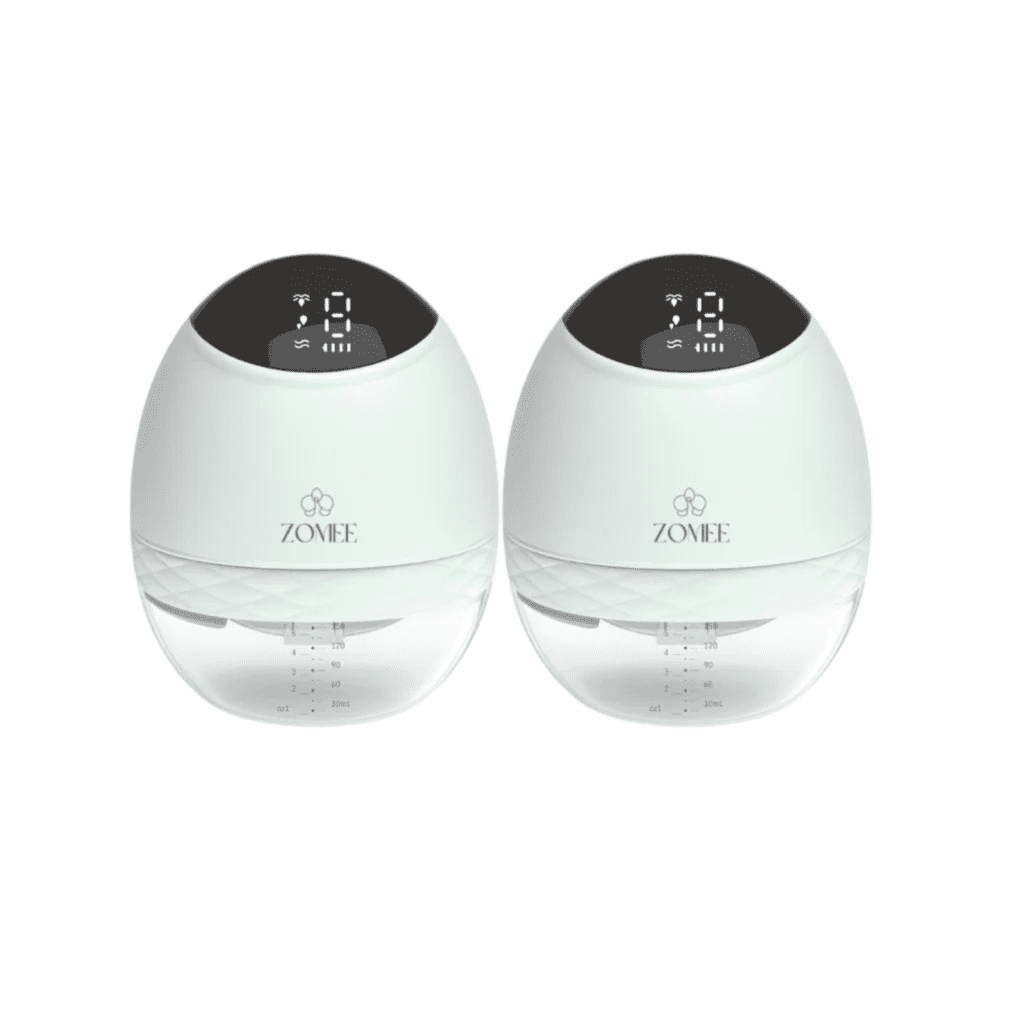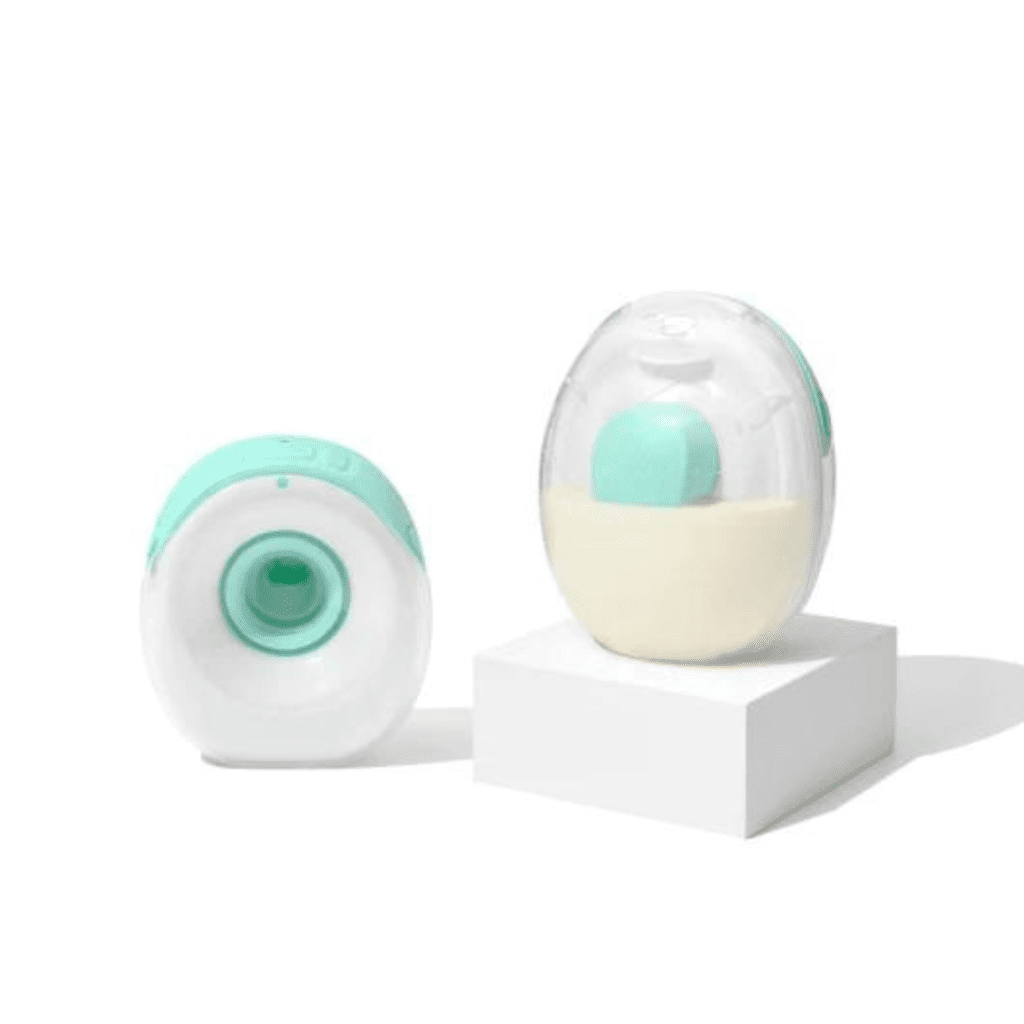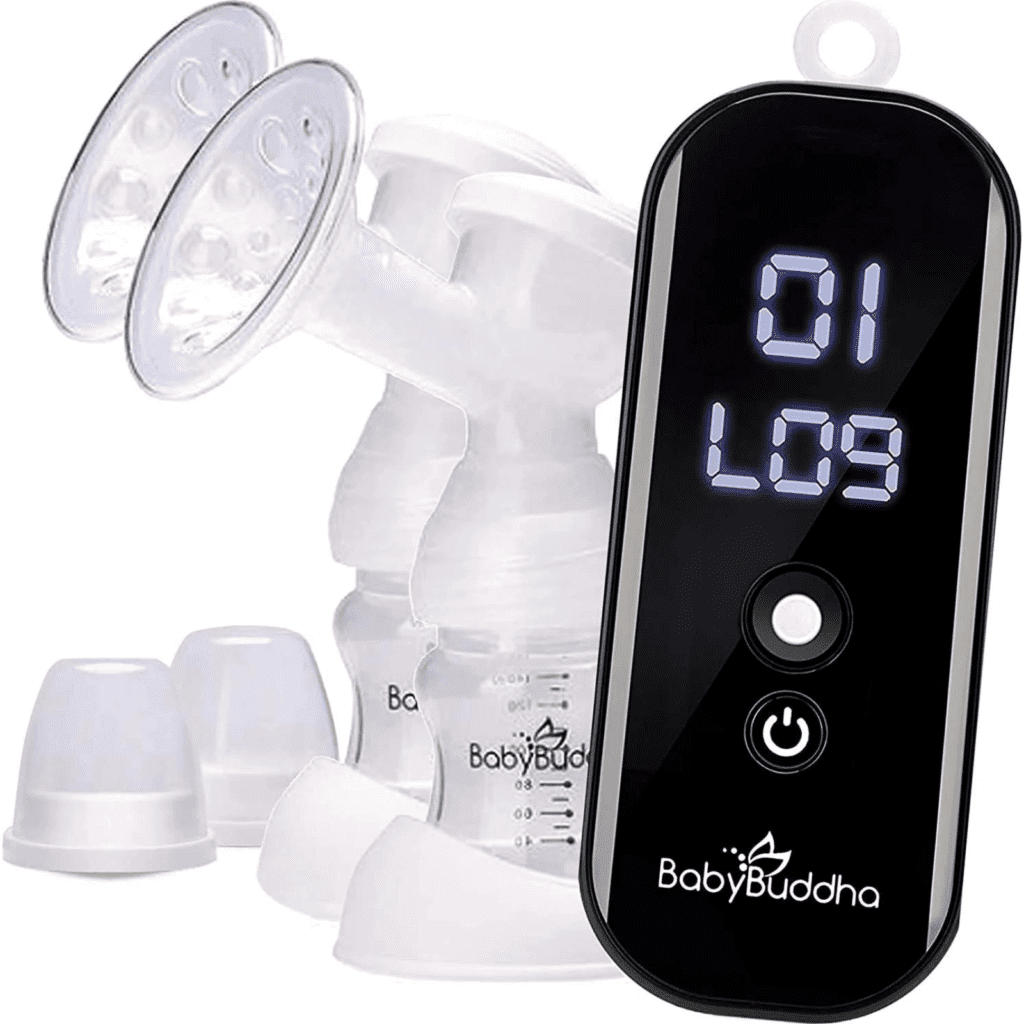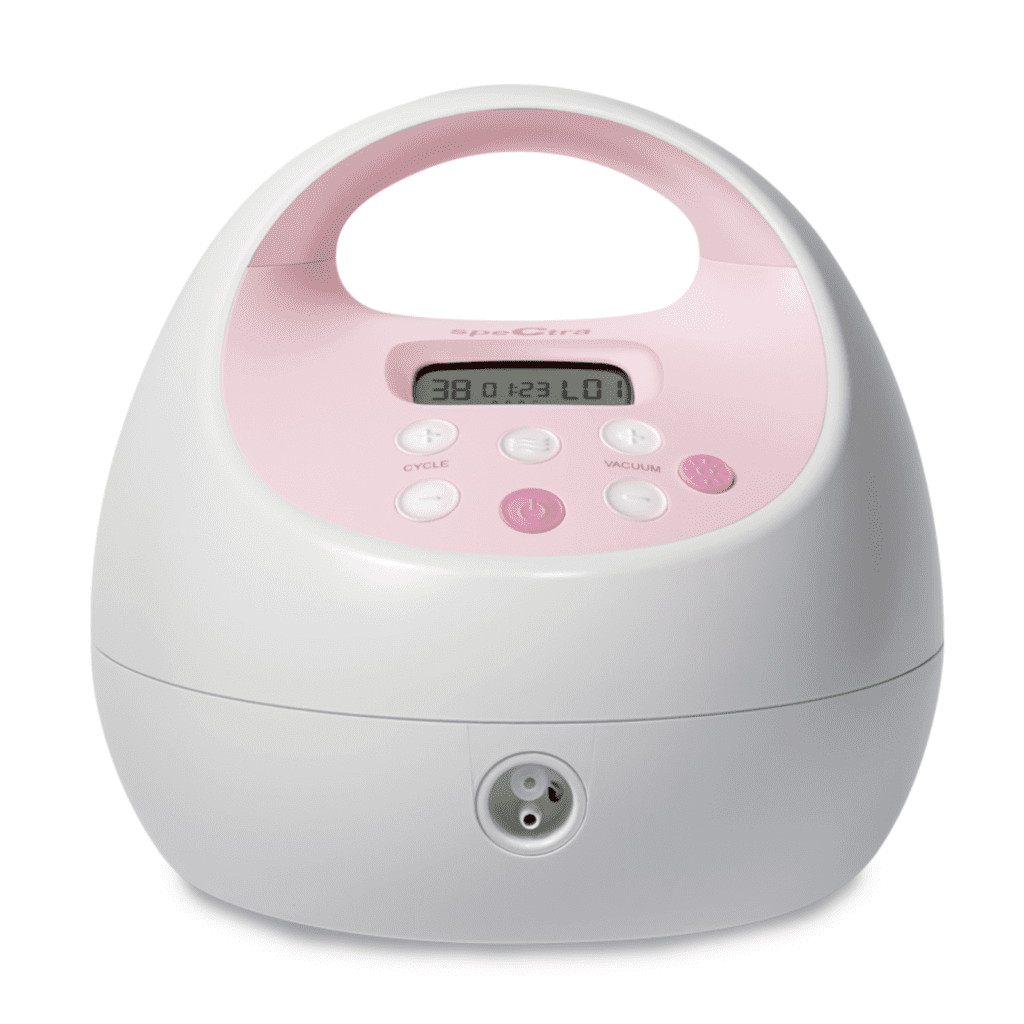Sign Up For Newsletter
- Medical Home
- Breast Pumps
- Pediatric Medical Equipment & Devices
Pediatric Medical Equipment & Devices
- At-Home Care
At-Home Care Medical Equipment & Devices
- Bathroom Safety Equipment
- Blood Pressure Monitor
- Brace for the back
- Brace for the knee
- Brace for the wrist
- Compression Garment
- CPAP Machine
- CPAP Supplies
- Crutches
- Cane
- Grab Bar
- Safety Rail
- Raised Toilet Seat
- Hospital Bed
- IV Pole
- Infusion Pump
- Mobility Aid
- Nebulizer
- Negative Pressure Wound Therapy Device
- Orthopedic Device
- Orthopedic Shoes and Inserts
- Oxygen
- Patient Lift
- Pulse Oximeter
- Respiratory Care
- Shower Chair and/or Bench
- Stockings, Sleeves, and/or Gloves
- Walker
- Rollator
- Wheelchair, Manual
- Wheelchair, Electric
- Wound Care Supplies
- Other Product
- Dexcom G6
- Dexcom G7
- FreeStyle Libre 2
- FreeStyle Libre 3
Non-intrusive, easy pelvic floor therapy for women’s incontinence.
Sensory-friendly enclosed beds designed to improve sleep quality.
- Maternal/Postpartum
Maternal/Postpartum Medical Equipment & Devices
- Biliblanket
- Compression Stockings
- Disposable Urinary Catheter
- Gestational Diabetes Product/Device
- Incontinence Device
- Maternity Support Belt
- Pelvic Floor Trainer
- Postpartum Recovery Garment
- Other Product
- Dexcom G6
- Dexcom G7
- FreeStyle Libre 2
- FreeStyle Libre 3
Non-intrusive, easy pelvic floor therapy for women’s incontinence.
- CGMs/Diabetes Support
CGMs/Diabetes Support
Explore our comprehensive CGM comparison guide featuring Dexcom G6, Dexcom G7, FreeStyle Libre 2, and FreeStyle Libre 3, and find the right diabetes management support offered through insurance coverage.
- Dexcom G6
- Dexcom G7
- Dexcom G6
- Dexcom G7
- FreeStyle Libre 2
- FreeStyle Libre 3
- FreeStyle Libre 2
- FreeStyle Libre 3
- Elder Care
Elder Care Medical Equipment & Devices
- Bathroom Safety Device
- Canes
- Commode Chair
- CPAP Machine
- CPAP Supplies
- Crutches
- General Medical Supplies/Device
- Hospital Bed
- Incontinence Device
- Infusion Pump & Supplies
- Lift Chair
- Mobility Device/Walking Aid
- Nebulizer
- Orthopedic Shoes and Inserts
- Oxygen Equipment & Accessories
- Patient Lift
- PERS (Personal Emergency Response Systems)
- Pressure-Reducing Support Surface
- Respiratory Care
- Scooter
- Traction Equipment
- Walker
- Wheelchair, Manual
- Wheelchair, Electric
- Dexcom G6
- Dexcom G7
- FreeStyle Libre 2
- FreeStyle Libre 3
Non-intrusive, easy pelvic floor therapy for women’s incontinence.
- Resources
Product Knowledge
Assistance & FAQs
- Medical Home
- Breast Pumps
- Pediatric Medical Equipment & Devices
Pediatric Medical Equipment & Devices
- At-Home Care
At-Home Care Medical Equipment & Devices
- Bathroom Safety Equipment
- Blood Pressure Monitor
- Brace for the back
- Brace for the knee
- Brace for the wrist
- Compression Garment
- CPAP Machine
- CPAP Supplies
- Crutches
- Cane
- Grab Bar
- Safety Rail
- Raised Toilet Seat
- Hospital Bed
- IV Pole
- Infusion Pump
- Mobility Aid
- Nebulizer
- Negative Pressure Wound Therapy Device
- Orthopedic Device
- Orthopedic Shoes and Inserts
- Oxygen
- Patient Lift
- Pulse Oximeter
- Respiratory Care
- Shower Chair and/or Bench
- Stockings, Sleeves, and/or Gloves
- Walker
- Rollator
- Wheelchair, Manual
- Wheelchair, Electric
- Wound Care Supplies
- Other Product
- Dexcom G6
- Dexcom G7
- FreeStyle Libre 2
- FreeStyle Libre 3
Non-intrusive, easy pelvic floor therapy for women’s incontinence.
Sensory-friendly enclosed beds designed to improve sleep quality.
- Maternal/Postpartum
Maternal/Postpartum Medical Equipment & Devices
- Biliblanket
- Compression Stockings
- Disposable Urinary Catheter
- Gestational Diabetes Product/Device
- Incontinence Device
- Maternity Support Belt
- Pelvic Floor Trainer
- Postpartum Recovery Garment
- Other Product
- Dexcom G6
- Dexcom G7
- FreeStyle Libre 2
- FreeStyle Libre 3
Non-intrusive, easy pelvic floor therapy for women’s incontinence.
- CGMs/Diabetes Support
CGMs/Diabetes Support
Explore our comprehensive CGM comparison guide featuring Dexcom G6, Dexcom G7, FreeStyle Libre 2, and FreeStyle Libre 3, and find the right diabetes management support offered through insurance coverage.
- Dexcom G6
- Dexcom G7
- Dexcom G6
- Dexcom G7
- FreeStyle Libre 2
- FreeStyle Libre 3
- FreeStyle Libre 2
- FreeStyle Libre 3
- Elder Care
Elder Care Medical Equipment & Devices
- Bathroom Safety Device
- Canes
- Commode Chair
- CPAP Machine
- CPAP Supplies
- Crutches
- General Medical Supplies/Device
- Hospital Bed
- Incontinence Device
- Infusion Pump & Supplies
- Lift Chair
- Mobility Device/Walking Aid
- Nebulizer
- Orthopedic Shoes and Inserts
- Oxygen Equipment & Accessories
- Patient Lift
- PERS (Personal Emergency Response Systems)
- Pressure-Reducing Support Surface
- Respiratory Care
- Scooter
- Traction Equipment
- Walker
- Wheelchair, Manual
- Wheelchair, Electric
- Dexcom G6
- Dexcom G7
- FreeStyle Libre 2
- FreeStyle Libre 3
Non-intrusive, easy pelvic floor therapy for women’s incontinence.
- Resources
Product Knowledge
Assistance & FAQs
- Medical Home
- Breast Pumps
- Pediatric Medical Equipment & Devices
Pediatric Medical Equipment & Devices
- At-Home Care
At-Home Care Medical Equipment & Devices
- Bathroom Safety Equipment
- Blood Pressure Monitor
- Brace for the back
- Brace for the knee
- Brace for the wrist
- Compression Garment
- CPAP Machine
- CPAP Supplies
- Crutches
- Cane
- Grab Bar
- Safety Rail
- Raised Toilet Seat
- Hospital Bed
- IV Pole
- Infusion Pump
- Mobility Aid
- Nebulizer
- Negative Pressure Wound Therapy Device
- Orthopedic Device
- Orthopedic Shoes and Inserts
- Oxygen
- Patient Lift
- Pulse Oximeter
- Respiratory Care
- Shower Chair and/or Bench
- Stockings, Sleeves, and/or Gloves
- Walker
- Rollator
- Wheelchair, Manual
- Wheelchair, Electric
- Wound Care Supplies
- Other Product
- Dexcom G6
- Dexcom G7
- FreeStyle Libre 2
- FreeStyle Libre 3
Non-intrusive, easy pelvic floor therapy for women’s incontinence.
Sensory-friendly enclosed beds designed to improve sleep quality.
- Maternal/Postpartum
Maternal/Postpartum Medical Equipment & Devices
- Biliblanket
- Compression Stockings
- Disposable Urinary Catheter
- Gestational Diabetes Product/Device
- Incontinence Device
- Maternity Support Belt
- Pelvic Floor Trainer
- Postpartum Recovery Garment
- Other Product
- Dexcom G6
- Dexcom G7
- FreeStyle Libre 2
- FreeStyle Libre 3
Non-intrusive, easy pelvic floor therapy for women’s incontinence.
- CGMs/Diabetes Support
CGMs/Diabetes Support
Explore our comprehensive CGM comparison guide featuring Dexcom G6, Dexcom G7, FreeStyle Libre 2, and FreeStyle Libre 3, and find the right diabetes management support offered through insurance coverage.
- Dexcom G6
- Dexcom G7
- Dexcom G6
- Dexcom G7
- FreeStyle Libre 2
- FreeStyle Libre 3
- FreeStyle Libre 2
- FreeStyle Libre 3
- Elder Care
Elder Care Medical Equipment & Devices
- Bathroom Safety Device
- Canes
- Commode Chair
- CPAP Machine
- CPAP Supplies
- Crutches
- General Medical Supplies/Device
- Hospital Bed
- Incontinence Device
- Infusion Pump & Supplies
- Lift Chair
- Mobility Device/Walking Aid
- Nebulizer
- Orthopedic Shoes and Inserts
- Oxygen Equipment & Accessories
- Patient Lift
- PERS (Personal Emergency Response Systems)
- Pressure-Reducing Support Surface
- Respiratory Care
- Scooter
- Traction Equipment
- Walker
- Wheelchair, Manual
- Wheelchair, Electric
- Dexcom G6
- Dexcom G7
- FreeStyle Libre 2
- FreeStyle Libre 3
Non-intrusive, easy pelvic floor therapy for women’s incontinence.
- Resources
Product Knowledge
Assistance & FAQs
- Medical Home
- Breast Pumps
- Pediatric Medical Equipment & Devices
Pediatric Medical Equipment & Devices
- At-Home Care
At-Home Care Medical Equipment & Devices
- Bathroom Safety Equipment
- Blood Pressure Monitor
- Brace for the back
- Brace for the knee
- Brace for the wrist
- Compression Garment
- CPAP Machine
- CPAP Supplies
- Crutches
- Cane
- Grab Bar
- Safety Rail
- Raised Toilet Seat
- Hospital Bed
- IV Pole
- Infusion Pump
- Mobility Aid
- Nebulizer
- Negative Pressure Wound Therapy Device
- Orthopedic Device
- Orthopedic Shoes and Inserts
- Oxygen
- Patient Lift
- Pulse Oximeter
- Respiratory Care
- Shower Chair and/or Bench
- Stockings, Sleeves, and/or Gloves
- Walker
- Rollator
- Wheelchair, Manual
- Wheelchair, Electric
- Wound Care Supplies
- Other Product
- Dexcom G6
- Dexcom G7
- FreeStyle Libre 2
- FreeStyle Libre 3
Non-intrusive, easy pelvic floor therapy for women’s incontinence.
Sensory-friendly enclosed beds designed to improve sleep quality.
- Maternal/Postpartum
Maternal/Postpartum Medical Equipment & Devices
- Biliblanket
- Compression Stockings
- Disposable Urinary Catheter
- Gestational Diabetes Product/Device
- Incontinence Device
- Maternity Support Belt
- Pelvic Floor Trainer
- Postpartum Recovery Garment
- Other Product
- Dexcom G6
- Dexcom G7
- FreeStyle Libre 2
- FreeStyle Libre 3
Non-intrusive, easy pelvic floor therapy for women’s incontinence.
- CGMs/Diabetes Support
CGMs/Diabetes Support
Explore our comprehensive CGM comparison guide featuring Dexcom G6, Dexcom G7, FreeStyle Libre 2, and FreeStyle Libre 3, and find the right diabetes management support offered through insurance coverage.
- Dexcom G6
- Dexcom G7
- Dexcom G6
- Dexcom G7
- FreeStyle Libre 2
- FreeStyle Libre 3
- FreeStyle Libre 2
- FreeStyle Libre 3
- Elder Care
Elder Care Medical Equipment & Devices
- Bathroom Safety Device
- Canes
- Commode Chair
- CPAP Machine
- CPAP Supplies
- Crutches
- General Medical Supplies/Device
- Hospital Bed
- Incontinence Device
- Infusion Pump & Supplies
- Lift Chair
- Mobility Device/Walking Aid
- Nebulizer
- Orthopedic Shoes and Inserts
- Oxygen Equipment & Accessories
- Patient Lift
- PERS (Personal Emergency Response Systems)
- Pressure-Reducing Support Surface
- Respiratory Care
- Scooter
- Traction Equipment
- Walker
- Wheelchair, Manual
- Wheelchair, Electric
- Dexcom G6
- Dexcom G7
- FreeStyle Libre 2
- FreeStyle Libre 3
Non-intrusive, easy pelvic floor therapy for women’s incontinence.
- Resources
Product Knowledge
Assistance & FAQs


